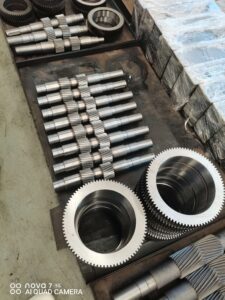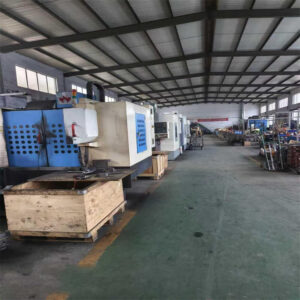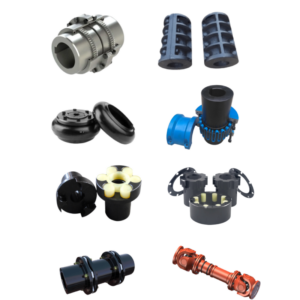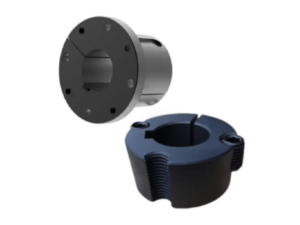Transmission components, as the core parts of mechanical transmission systems, significantly impact the efficiency, reliability, and intelligence of industrial equipment. Below is an overview of the development trends and applications of transmission components across various fields.
I. Technological Advancements in Transmission Components
- Material Innovations
- High-Strength Lightweight Materials: Such as carbon fiber, ceramic composites, and high-strength aluminum alloys, reducing weight while improving wear resistance.
- Self-Lubricating Materials: Such as bearings with graphite or PTFE coatings, minimizing maintenance needs.
- Extreme-Environment Resistant Materials: Including high-temperature alloys and corrosion-resistant coatings for aerospace and chemical industries.
- Precision Manufacturing Technologies
- 3D Printing: Used for customized gears and complex sprockets, shortening R&D cycles.
- Nanoscale Surface Treatments: Laser hardening and plasma spraying enhance surface hardness and lifespan.
- Digital Machining: CNC and robotic machining ensure micron-level precision.
- Smart and Integrated Systems
- Embedded Sensors: Real-time monitoring of vibration, temperature, and load (e.g., smart bearings).
- Predictive Maintenance: IoT-enabled data analysis for early fault detection.
- Mechatronic Integration: Such as servo motor-integrated gearboxes, simplifying system design.
- Energy Efficiency and Sustainability
- High-Efficiency Transmission Designs: Low-resistance gears and oil-free chains to reduce energy loss.
- Recyclable Materials: Use of bio-based plastics or biodegradable lubricants.
II. Key Applications of Transmission Components
- Gears and Gearboxes
- Industrial Robots: High-precision harmonic drives for joint control.
- New Energy Vehicles: Lightweight gear sets improve electric drivetrain efficiency.
- Wind Power: Large planetary gearboxes for megawatt-level turbines.
- Belts and Chain Drives
- Automated Production Lines: Synchronous belts ensure precise positioning (e.g., in food packaging machines).
- Agricultural Machinery: Corrosion-resistant chains for harvesters and tractors.
- Mining Equipment: Heavy-duty conveyor belts withstand impact loads.
- Couplings and Bearings
- High-Speed Rail and Aviation: Elastic couplings absorb vibrations; ceramic bearings tolerate high temperatures.
- Medical Devices: Silent linear guides for surgical robots.
- Hydraulic and Pneumatic Transmission
- Construction Machinery: Electro-hydraulic proportional valves enable precise excavator control.
- Aerospace: Lightweight hydraulic tubing reduces aircraft weight.
III. Future Trends
- Digital Twins: Virtual simulations optimize transmission system design.
- AI-Driven Optimization: Machine learning dynamically adjusts transmission parameters.
- Green Transmission: Lubrication-free, low-noise designs to meet environmental regulations.
- Miniaturization: MEMS technology enables micro-transmission components for medical electronics.
IV. Challenges and Solutions
- Challenges: High-cost materials, adaptability to complex working conditions, and technology confidentiality.
- Solutions: Industry-academia collaboration (e.g., joint R&D with universities), standardized production, and global supply chain optimization.
With the advancement of Industry 4.0 and carbon neutrality goals, transmission components are evolving toward smarter, more efficient, and more sustainable solutions, becoming a critical enabler of high-end manufacturing.







